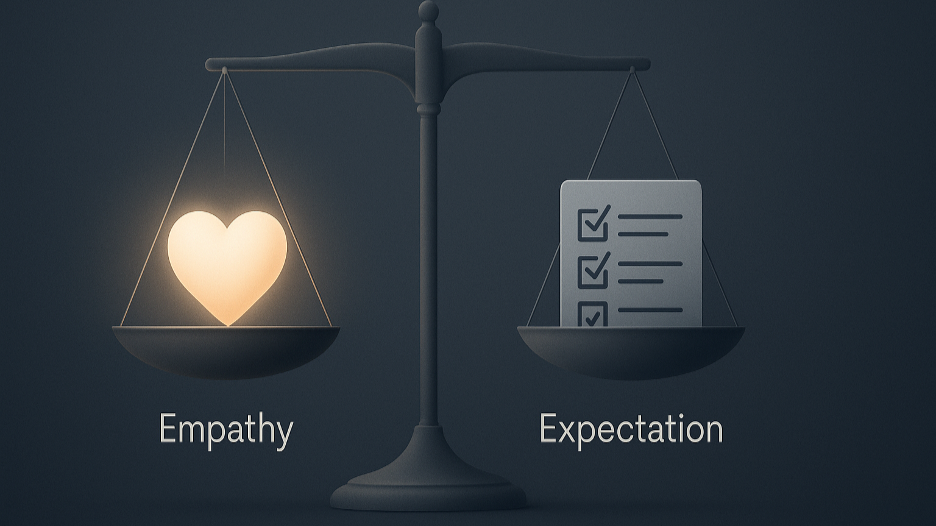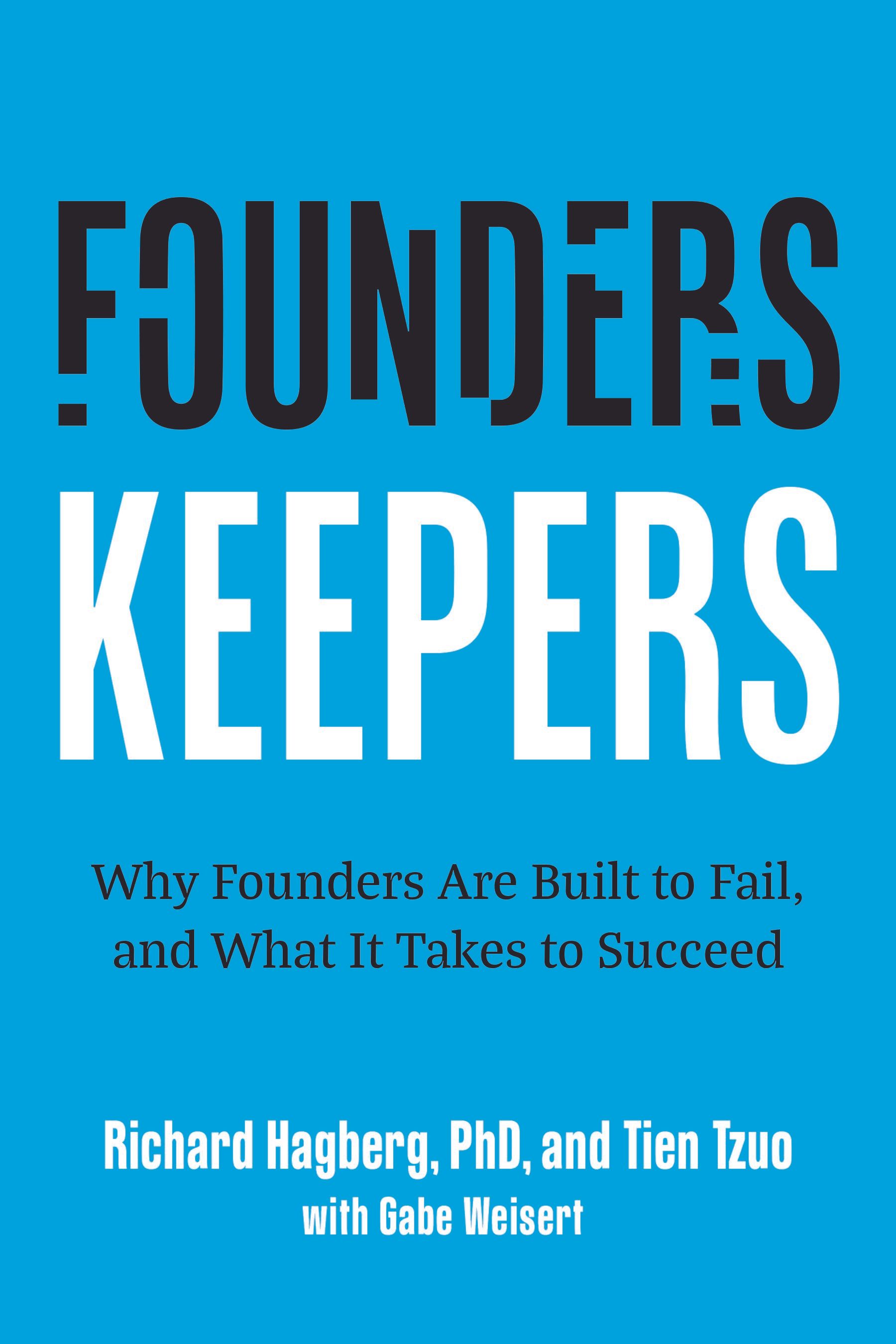Article
The Startup Growth Lifecycle: Re-inventing Leadership at Every Stage

Starting a company is exhilarating. The energy, passion, and creativity needed to get a startup off the ground are boundless, often resulting in rapid progress. But here’s the hard truth: what made you successful in the early days can sabotage you as you grow. There’s a breaking point—usually when your startup begins scaling—that demands a whole new approach.
Founders who fail to adapt often face disastrous outcomes. Think about how promising startups, like the infamous fall of Blackberry, once dominated their niche but crumbled under the weight of their own success because their founders were too fixated on early strategies and failed to scale. The tension is real, and many founders experience it but don’t know how to address it.
The Early Stages: A Playground for Mavericks
In the pre-seed and seed stages, founders are visionaries, hustling on every front. You’re wearing multiple hats—marketer, product designer, chief salesperson—and decision-making is quick and intuitive. These early days are defined by innovation, creativity, and the power of improvisation. Startups like Uber thrived in this environment, with Travis Kalanick’s adaptable, risk-taking leadership style playing a significant role in those formative stages.
But here’s the twist: as crucial as these qualities are, they become liabilities if not balanced as the company matures. Founders often fall into the trap of assuming that the instincts that helped them launch their company will also be their ticket to scaling. Spoiler: they won’t.
The Growth Stage: From Visionary to Strategist
As the startup enters the traction stage, the founder’s role begins to shift dramatically. This is where companies like Boo .com struggled, with Ernst Malmsten’s lavish spending and lack of focus on profitability spiraling into unchecked ambition and poor strategic management. Boo .com, a high-profile online fashion retailer that launched in the late 1990s, raised significant capital but ultimately failed due to a combination of factors, including overspending, a lack of focus on profitability, and an inability to adapt to the market's demands. This aligns with the challenges that startups often face during the growth stage, where they need to transition from a focus on innovation and customer acquisition to building sustainable systems and processes. Founders must pivot from being hands-on doers to becoming big-picture thinkers.
Key Challenge: Scaling isn’t just about adding people or increasing revenue—it’s about building systems that can handle growth.
Example: Consider a startup founder who once thrived by being decisive and intuitive. Suddenly, those same strengths become weaknesses. At this stage, data-driven decision-making, clear objectives, and team alignment become more important than gut instinct. At fab .com for example, the founder initially assumed that a flash-sales model for designer goods was enough. Fab .com's initial success was based on a niche market strategy, but as it expanded, it faced challenges in managing inventory, maintaining customer satisfaction, and adapting to the changing e-commerce landscape. This example highlights the importance of data-driven decision-making, clear objectives, and team alignment during the growth stage. It wasn’t until later, with customer feedback and market validation, that they realized the need for a much broader platform. This critical pivot fueled their continued growth.
You can no longer make decisions in isolation. Founders who don't delegate or rely on the insights of their growing teams are bottlenecking their own companies. In the early days, this might have worked, but in the traction phase, failure to delegate and empower others can crush a startup’s momentum.
Scaling Stage: Collaborative Leadership and Risk Management
As your startup moves into the expansion stage, you’re no longer a scrappy underdog; you’re playing in the big leagues. But here’s where many founders get stuck. Scaling is about efficiency, consistency, and letting go of control.
Key Challenge: Founders must move from solo decision-makers to collaborative leaders. While in the early days, your strength lay in your ability to do everything yourself, this will no longer cut it. The shift from risk-taker to risk-manager becomes critical. Founders need to balance their instinct for innovation with a more calculated, process-driven approach. The introduction of processes, governance structures, and professional management becomes essential to avoid burnout and chaos.
Consider Zynga under Mark Pincus: initially, his aggressive, growth-at-all-costs mentality helped the company conquer markets globally. However, as Zynga grew, that same aggressive attitude led to internal cultural issues, regulatory challenges, and reputational damage. This illustrates the need for founders to transition from risk-takers to risk-managers during the scaling stage and to balance their instinct for innovation with a more calculated, process-driven approach. The inability to transition from a disruptive force to a company with proper checks and balances left Zynga in need of an overhaul.
Founders who thrive at this stage are those who not only manage risk but also develop emotional intelligence. Successful founders become socially astute, supporting their teams, creating a positive culture, and understanding that leadership isn’t just about driving results but also about fostering a thriving environment for long-term success.
Continuous Growth: The Leadership Evolution
At the continuous growth stage, startups that survive are those with founders who have fully evolved their leadership styles. You’re no longer in the business of product launches and rapid pivots but rather in sustaining growth, profitability, and strategic differentiation. Your new job is governance, and the decisions you make today must focus on long-term sustainability. This is where companies like Yahoo! struggled, with Jerry Yang's inability to adapt to the changing landscape of the internet industry and his failure to embrace the rise of social media and mobile led to the company's downfall.
Key Challenge: Long-term planning and vision become more important than short-term wins. Founders must transition into CEOs who set the tone for culture, governance, and sustainable growth. This often involves a collaborative decision-making style, focusing on bringing diverse perspectives together to fuel innovation while avoiding stagnation.
Here’s where many companies fail: the founder remains overly attached to the “startup hustle.” This is no longer the place for it. Founders must shift from inspirational figures to developers of talent. Leadership is now about making your people successful, not just driving product success.
What’s at Stake?
If you fail to adapt, your startup won’t just stall—it could implode. Take the case of Pets .com, where Julie Wainwright, unwilling to let go of her early vision and failing to adapt to the realities of the pet supply industry and scaling, steered the company into disaster. In contrast, those who successfully pivot at each stage—from visionary to strategist to risk manager and mentor—will lead their startups to sustained success.
Success in the early stages of a startup often reinforces behaviors that can be destructive as the company scales. What got you here won’t get you there.
Are You Ready to Evolve?
So, ask yourself: Are you ready to let go of what made you a successful founder to become the strategic leader your startup needs? Are you willing to delegate, build systems, and adapt your leadership style as your company grows? If not, you may find yourself standing in the way of your own success. The future of your startup depends on it.
It’s time to rethink your approach to leadership—before it’s too late.
share this
Related Articles
Related Articles





